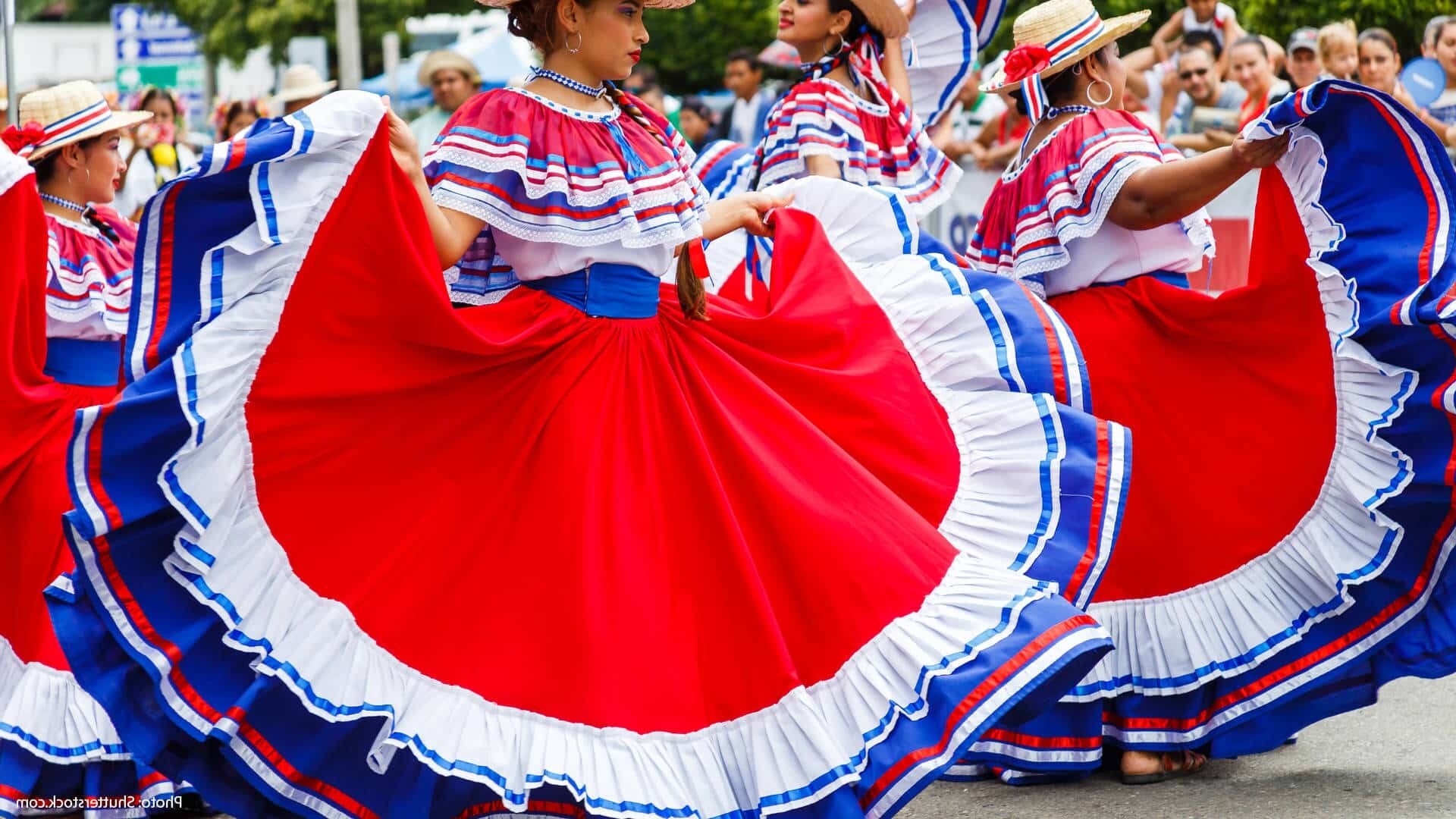The Fascinating Story Behind Costa Rica’s National Dress

Costa Rica's national dress, known as the "traje típico," is more than just colorful fabric. It tells a story of the country's rich history and culture. Women wear bright skirts with ruffles, often paired with white blouses adorned with lace. Men typically don white pants, a white shirt, and a red sash. These outfits are not just for show; they represent the spirit and traditions of Costa Rica. During festivals and celebrations, you can see locals proudly wearing their national dress, dancing to traditional music. Understanding the significance of these garments helps appreciate Costa Rica's vibrant heritage.
The Origins of Costa Rica's National Dress
Costa Rica's national dress, known as the "traje típico," reflects the country's rich cultural heritage. The vibrant colors and intricate designs tell stories of the past, blending indigenous, Spanish, and African influences. Let's explore some key places where you can experience the essence of this traditional attire.
San José: The Heart of Tradition
San José, the capital, is a bustling city where tradition meets modernity. Here, you can find museums and cultural centers that showcase the history and significance of the national dress.
- National Museum of Costa Rica: This museum offers exhibits on Costa Rican history, including traditional clothing and artifacts.
- Centro Nacional de la Cultura (CENAC): A hub for cultural events, CENAC often hosts exhibitions and performances featuring traditional attire.
- Mercado Central: A vibrant market where you can see locals wearing traditional dress and even purchase your own.
Guanacaste: The Land of Cowboys and Folklore
Guanacaste, known for its cowboy culture and folklore, is another great place to experience Costa Rica's national dress. The region's festivals and events are perfect for seeing the traje típico in action.
- Liberia: The capital of Guanacaste, Liberia, hosts numerous festivals where traditional dress is worn with pride.
- Santa Cruz: Known for its vibrant fiestas, Santa Cruz is a hotspot for experiencing traditional dance and attire.
- Nicoya: This town offers a glimpse into the indigenous influences on Costa Rican culture, including traditional clothing.
Cartago: A Blend of Old and New
Cartago, one of Costa Rica's oldest cities, offers a unique blend of historical and contemporary culture. The city's rich history makes it an ideal place to learn about the national dress.
- Basilica of Our Lady of the Angels: This historic site often features traditional dress during religious festivals.
- Cartago Central Market: A bustling market where you can see locals in traditional attire and buy handmade clothing.
- Lankester Botanical Garden: While primarily a botanical garden, it occasionally hosts cultural events showcasing traditional dress.
Limón: Caribbean Vibes and Cultural Fusion
Limón, on the Caribbean coast, is a melting pot of cultures. The region's Afro-Caribbean influence adds a unique twist to the traditional dress.
- Puerto Limón: The main city in the region, Puerto Limón, hosts vibrant festivals where traditional and Afro-Caribbean attire blend beautifully.
- Cahuita: Known for its national park, Cahuita also offers cultural events where you can see traditional dress.
- Tortuguero: While famous for its turtles, Tortuguero also has cultural festivals featuring traditional attire.
Puntarenas: Coastal Charm and Tradition
Puntarenas, with its coastal charm, offers a unique perspective on Costa Rica's national dress. The region's festivals and events provide ample opportunities to see the traje típico.
- Puntarenas City: The main city hosts numerous cultural events where traditional dress is prominently featured.
- Monteverde: Known for its cloud forests, Monteverde also has cultural festivals showcasing traditional attire.
- Jaco: A popular beach town, Jaco offers a mix of modern and traditional culture, including events featuring the national dress.
The Heart of Costa Rica's Culture
Costa Rica's national dress, the Pollera, is more than just vibrant fabric. It tells the story of the country's rich history and diverse culture. Each element, from the bright colors to the intricate embroidery, reflects the nation's heritage and traditions. Wearing the Pollera during festivals and celebrations keeps these traditions alive, connecting the past with the present.
The dress also symbolizes the pride and identity of Costa Ricans. It showcases the beauty of their craftsmanship and the importance of their cultural roots. Whether you're visiting Costa Rica or learning about its culture from afar, understanding the significance of the Pollera offers a deeper appreciation of this beautiful country.
Next time you see the Pollera, remember the stories and traditions it represents. It's not just a dress; it's a piece of Costa Rica's heart.

